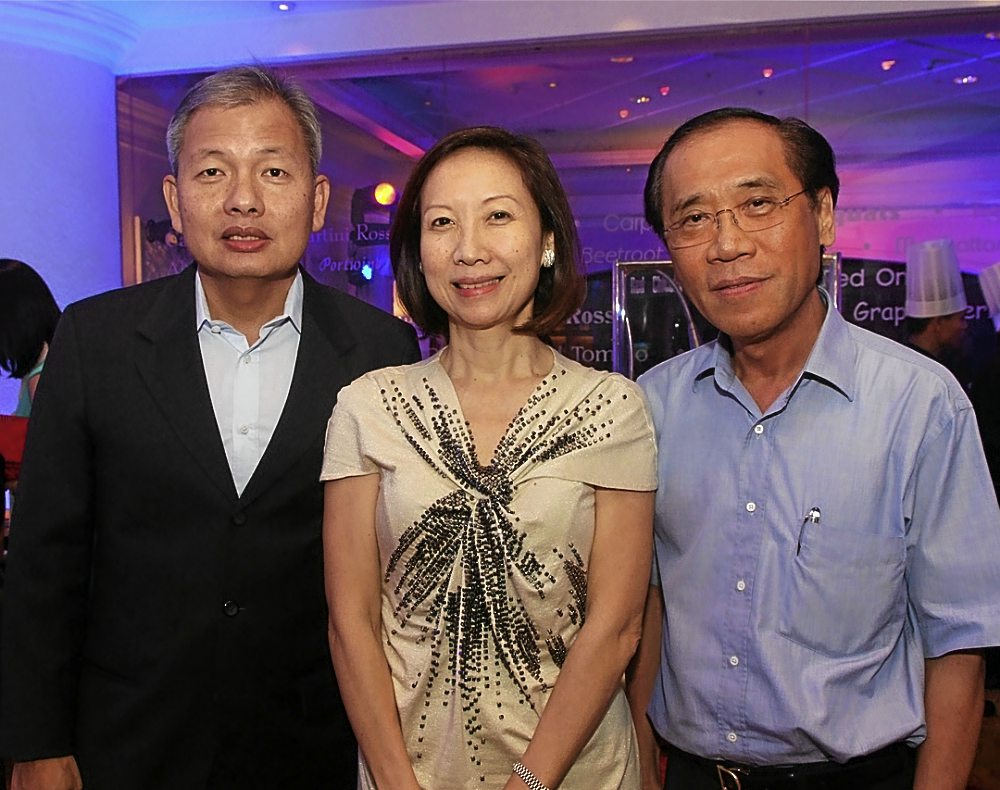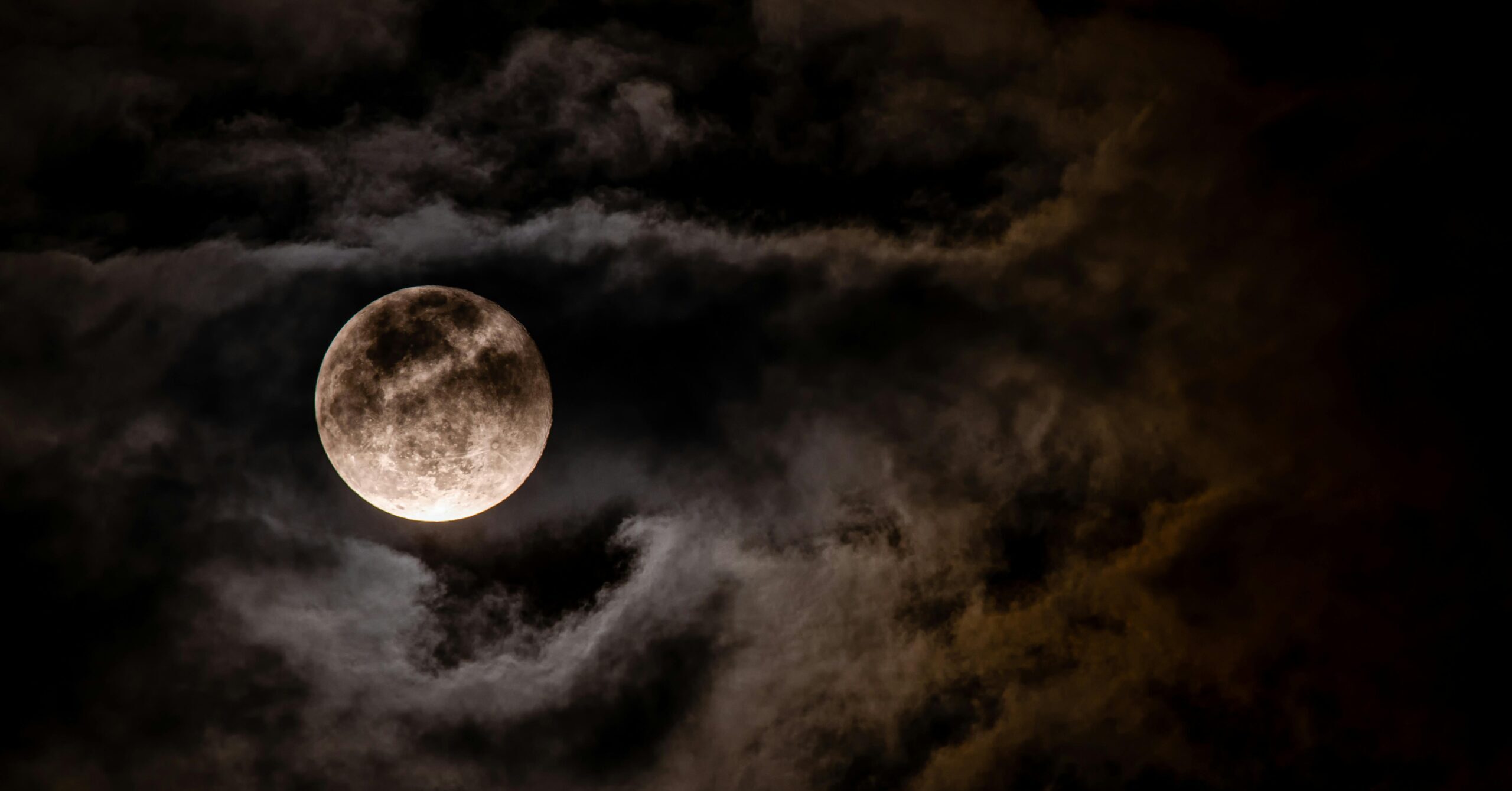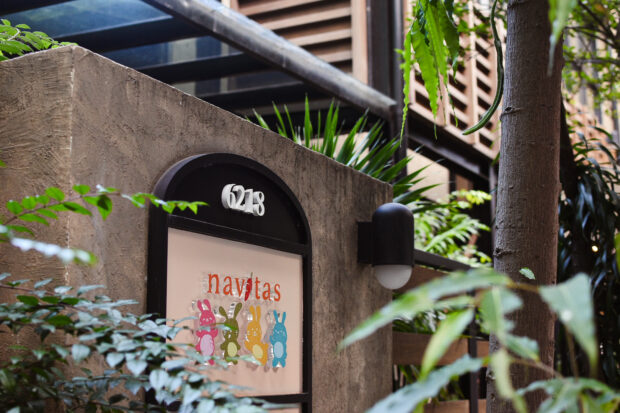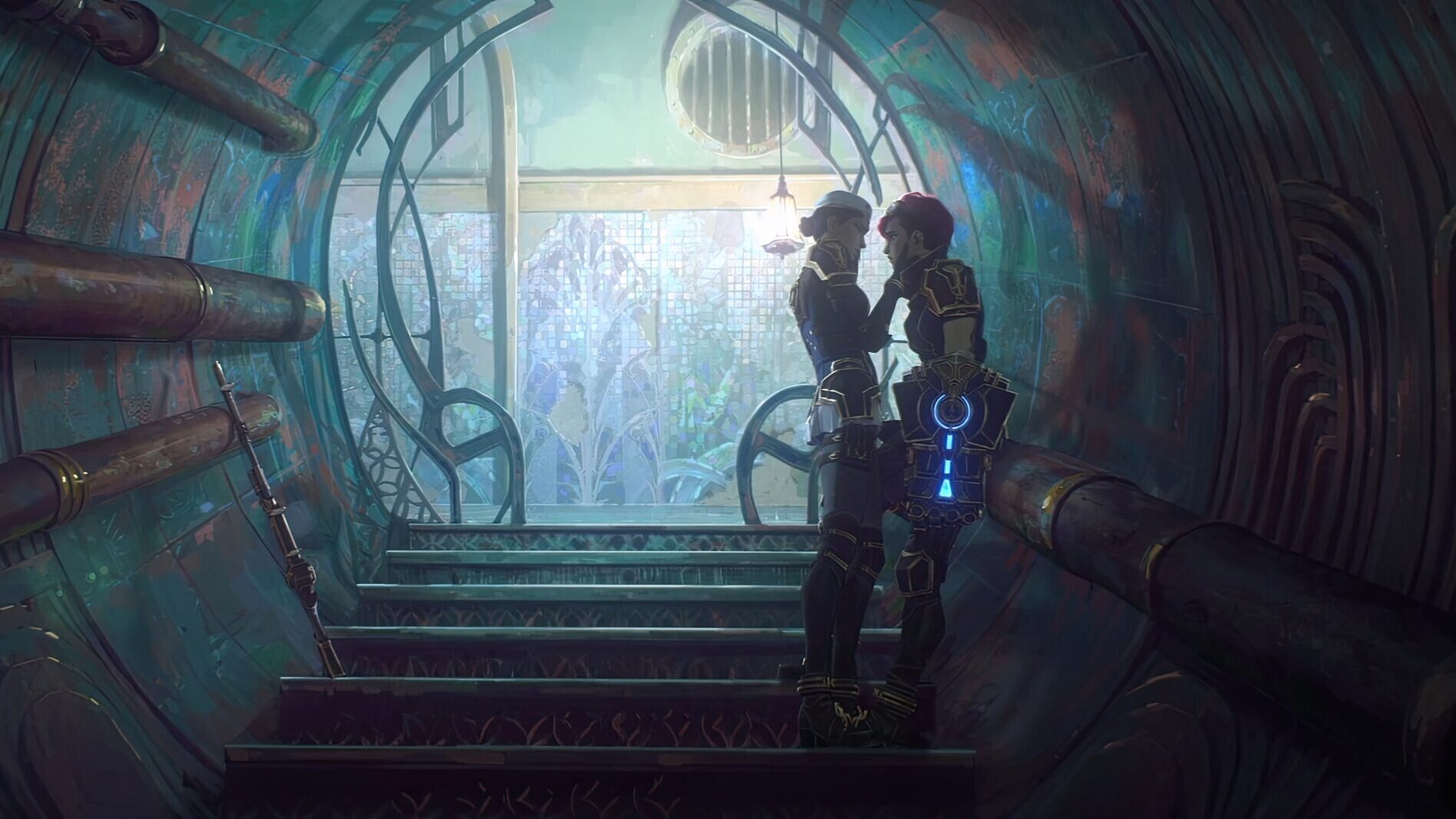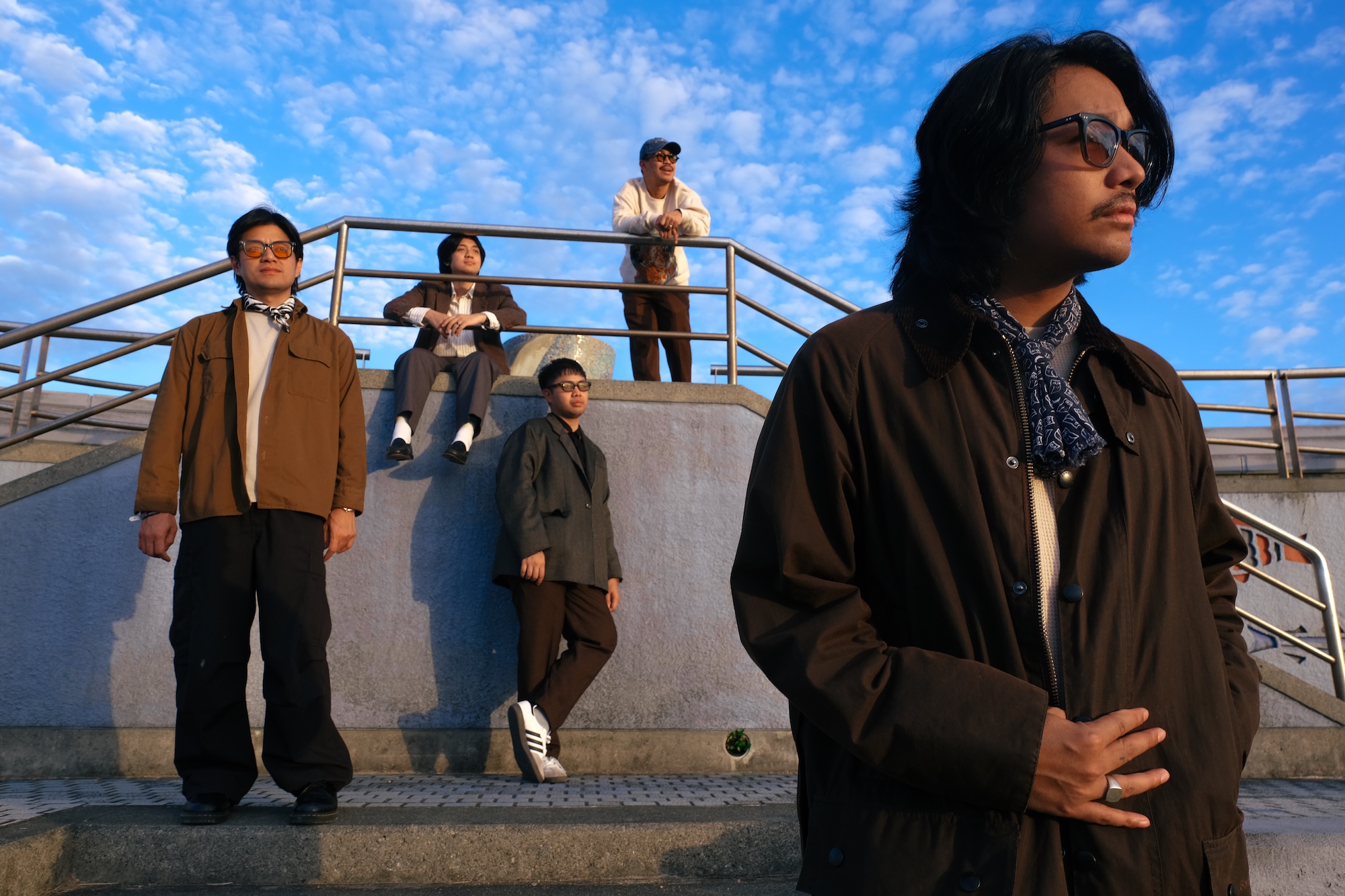The first time I had to meet filmmaker Keith Deligero, I almost bailed.
I was in my third year of college, and the Cebuano director-writer was invited by my Philippine Cinema professor as a panelist for our makeshift student film fest. Lined up in her laptop were the short films we made, serving as our final project for the semester. None of us were film majors—the majority was required to take the subject, and I took it as an elective.
As each film was screened, the pair who made it had to listen to Deligero’s feedback—along with the whole class. Despite being an aspiring filmmaker, I found myself hesitating to submit our film.
Aside from a sudden change of script that made us cram the whole movie, we had to make do with a very low budget and less-than-ideal equipment. My classmates had DSLR cameras, while I could only use our old family Handycam. Of course I was grateful to be able to use something, but I still felt a little behind my class.
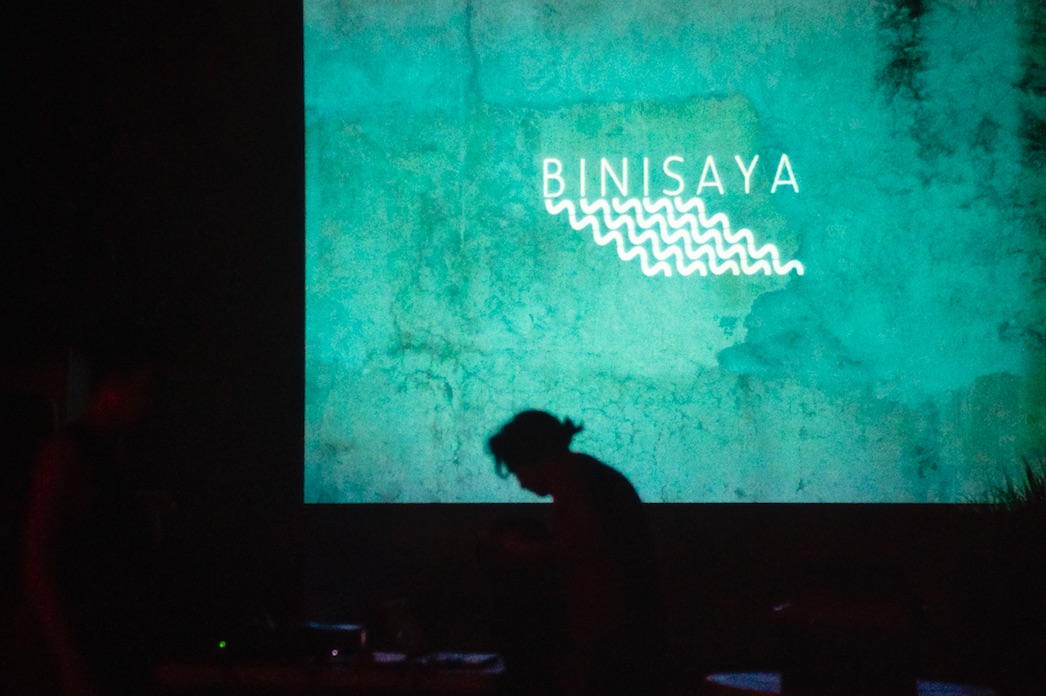
As the credits of our film started to roll, I knew we were facing our doom. Deligero would probably talk about how the editing was subpar; how the story was cliche as fuck; how the shots were too grainy; how the lighting was non-existent; how we didn’t know what we were doing. But just like the redeeming arc of a coming-of-age story, he didn’t say any of those things.
Instead, Deligero asked about my influences in writing the script, saying he saw different chunks of world cinema in our film, which then led us to discuss the local and foreign flicks we used as references in our student film. “It’s not a bad thing,” he clarified.
His feedback ended with him helping me understand the potential I had in storytelling—starting from what I knew about film and the resources I had. Heck, he even praised the old Handycam quality I was stressing over. Who knew my first face-to-face session with a filmmaker wouldn’t involve my dreams going down the drain?
It was only hours after that face-to-face when I realized Deligero was the one who spearheaded the Binisaya Film Festival in 2009. Every year, typically during the third quarter of the year, Binisaya heads to different schools and institutions to showcase regional films that go against the (commercial) tide. According to BISAYA, the film festival “aims to develop a uniquely Cebuano sensibility” through its showcase of films—ranging from Bisaya flicks to Global Cinema—unrestricted by the pressures of commercialism. These constraints may be the “walls” they’re pertaining to in their description on Facebook: “breaking the walls of Filipino cinema.”
One of these films is “To Siomai Love,” a 30-minute short that looked like it was shot using an old-school camera, giving off a VHS quality. Although steeped in romance, it used unfamiliar faces for the main characters and hammered no tropes in the story—just some magical realism rooted in gayuma. It also probably took just one take.
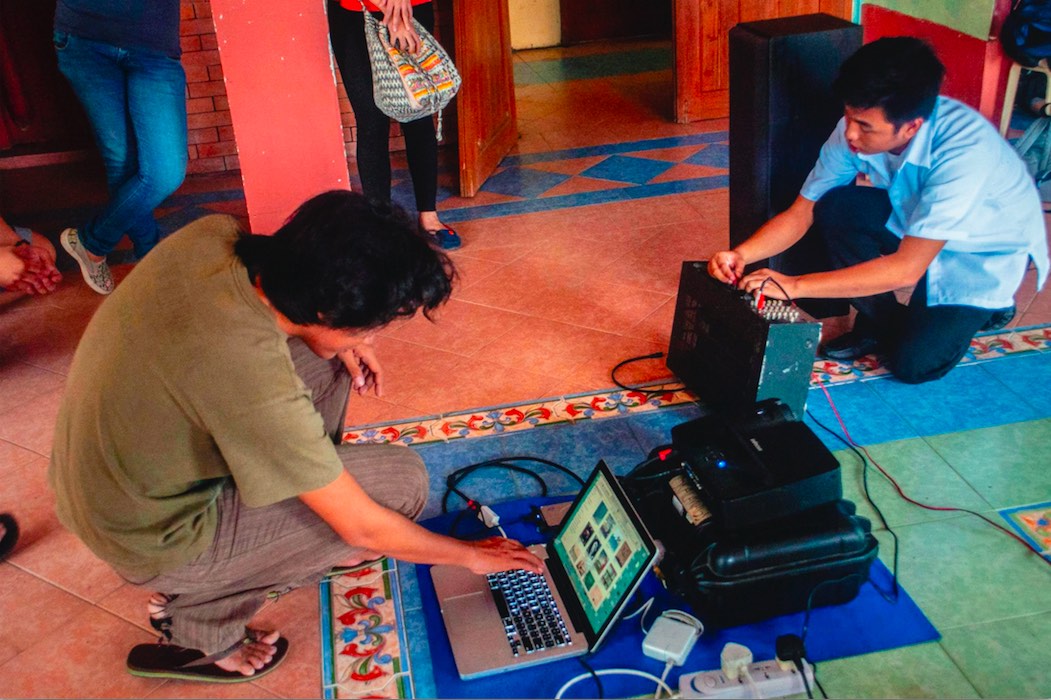
Films like “To Siomai Love” made me interested in independent cinema. I watched the comedy “Julie,” which tackles a construction worker’s coming out story. I saw “Biyernes Biyernes,” “Sabado Sabado” and “Domingo Domingo,” feature films that weave different narratives of Cebuano filmmakers—from political satire to coming-of-age.
All these films have been screened at the Binisaya Film Festival, a movement that started in 2009. Binisaya is an organization that promotes, exhibits, distributes and archives Cebuano and other Bisaya films. Its inclusive nature in bringing out regional stories reflects its yearly lineup, so that even if you’re not a local or have never even been to the place the film was shot, the narrative still hits home.
“Every time I finish a film, I always say to myself that this will be the last one. But here I am,” says Deligero. Peeking into his portfolio, you’ll see “A Short History of a Few Bad Things,”
“Babylon,” “Lily” and the memorable “Iskalawags.”
Deligero’s stellar filmography might hide the struggles he underwent just to get his name out there. His 2019 QCinema short film “A Short History of a Few Bad Things” bagged nominations for Gawad Urian for best film, direction and editing. Another one of his short films, drama/sci-fi “Babylon” also bagged a Gawad Urian nomination for best short film in 2017. But he reveals, behind all these awards, that he never had it easy. “In 2007, my friends and I made the short film ‘Uwan Init Pista sa Langit.’ That was our film school. No workshops, no film school, only that.”
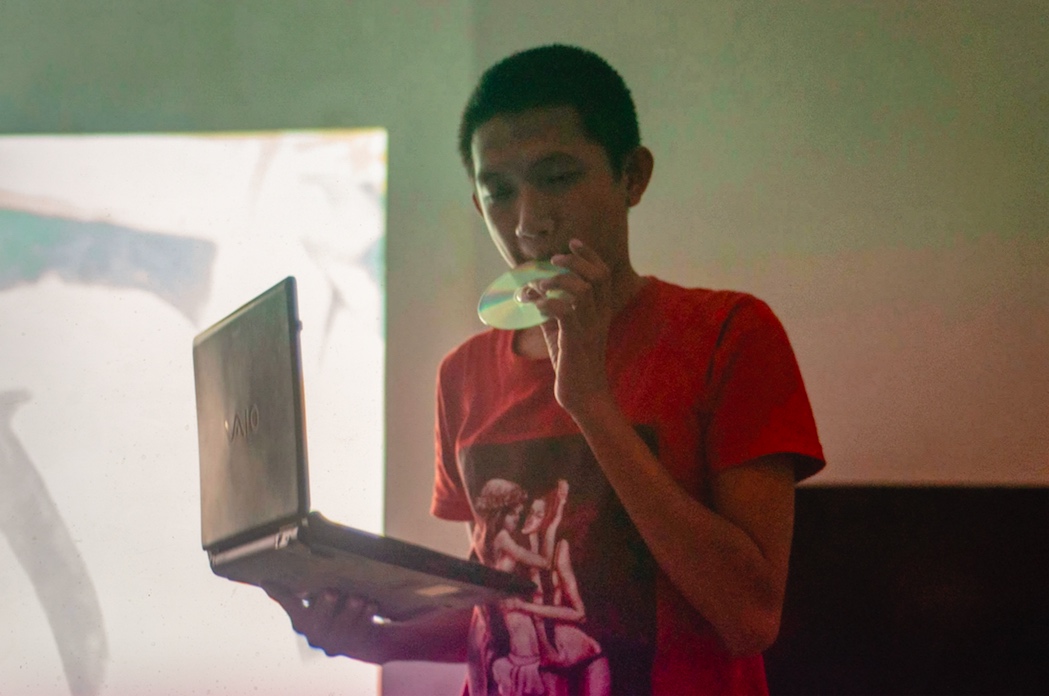
“I have watched TV all my life. I mean, everything that is on TV, even those I don’t like. And I don’t like most of them,” Deligero quips, recalling what might have sparked his interest in film.
“There was only one clear channel, and that channel was from Bacolod, not even Cebu. The other two channels were bathing in VHF noise. I can probably enumerate old TV commercials more than anyone I know. Growing up, I think, I might have wanted to be a director for TV commercials. Maybe that was the reason why I took fine arts in advertising.”
During a talk at the .GIFF Festival for New Cinema in 2019, he revealed that he made his own makeshift video equipment—a way of upgrading his style without going over budget. Deligero’s unorthodox encounter with filmmaking also reflects the origin of the Binisaya movement, which started out as a “DIY film festival.”
“Back when we started making films, there were no local Cebuano platforms where we could screen the films we made. We had to do it ourselves. Little did we know that the pop-up screenings we did at the beach, on rooftops, basements and basketball courts would turn into a film festival,” Deligero recells.
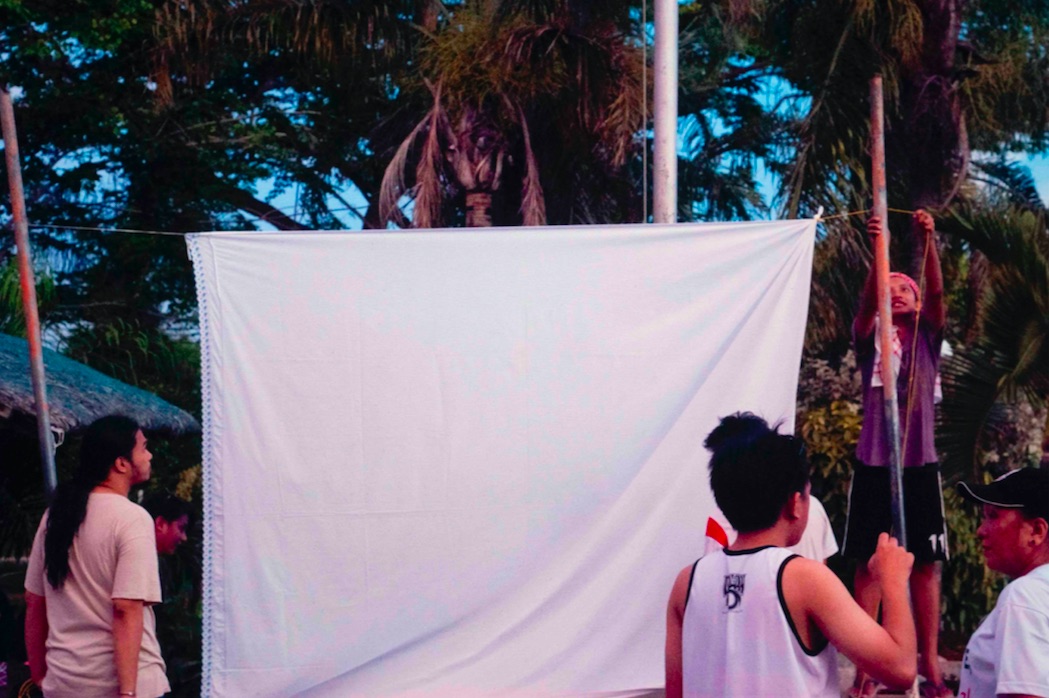
“Since 2005 to 2009, I have been forcing my friends to make a filmmaking scene in Cebu. Persistence turned into Binisaya in 2009. My friends Remton Zuasola, Idden de los Reyes and Darcy Aguedo—who were also filmmakers—also forced their friends.” This network of collaborators made it possible to screen different narratives. When they were starting, Hollywood-inspired, telenovela-esque and mainstream Manila-looking films were being screened. “I think this is because these are what we were exposed to,” he says.
But as years went by, Cebuano filmmakers, the audience and the organizers themselves were exposed to the infinite possibilities of cinema.
“Binisaya has always been keen on challenging the way we view cinema by putting together an experience that champions Bisaya films along with films all over the Philippines and Asia,” Deligero reveals.
In an interview with a Cebu-based publication, Deligero made it clear that “we’re not looking for the best film. We’re looking for strong voices.” And it’s true—Binisaya has always been accepting of films “no matter how long or short it is, whether it’s mainstream or avant-garde, crowd-pleasing or mindfuck.”
Aside from giving young filmmakers a voice, Binisaya also “gave young filmmakers and the audience a party to experience new cinematic inventions.” When you try to submit a film to Binisaya today, you’ll read that they consider “other forms of cinema you invented” a genre.
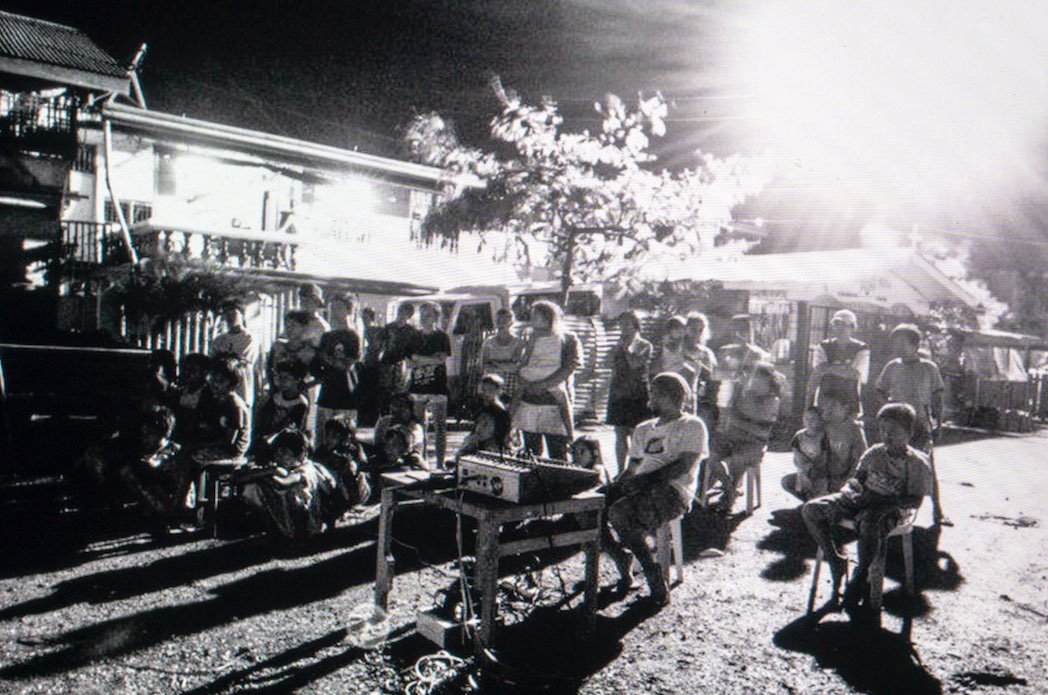
When asked how he was able to gather a community, Deligero answers, “I don’t know. It just happened. Maybe it was the right timing.” But that doesn’t mean it was a success with a snap of the fingers. Binisaya jumped over many hurdles along the way. “If we get some funds, then good. If we don’t, we still do it anyway. When a bunch of people do something passionately, that passion becomes infectious. People will come and volunteer to help with no
strings attached.”
Binisaya has yearly open calls for films, and their latest announcement was on Oct. 19, 2019. We’re more than ready to line up for this year’s set, if only the COVID-19 pandemic didn’t take over the world. However, as resourceful and resilient as it is, Binisaya turned to the internet to keep cinema’s magic alive. Cue The Distance Between Us, an online film festival (and donation drive) that hosts watch parties of various Binisaya films. This year marks the 10th edition of the festival, to which Deligero describes as “still fucking DIY.”
“I think what makes contemporary [Cebuano cinema] distinct is that it’s just developing,” Deligero says, adding that even if it’s been strong for decades, it still nestles in the margins of Philippine cinema. “It’s a minority. Therefore, it’s not yet tainted by commercialism. Cebuanos can make whatever the hell we want to make. We can invent our own cinematic language. We are still unconsciously inventing our own clichés.” Binisaya has introduced a new generation of Cebuano filmmakers and inspired a new wave of storytellers from the Philippines.
“It’s a minority. Therefore, it’s not yet tainted by commercialism. Cebuanos can make whatever the hell we want to make. We can invent our own cinematic language. We are still unconsciously inventing our own clichés.”
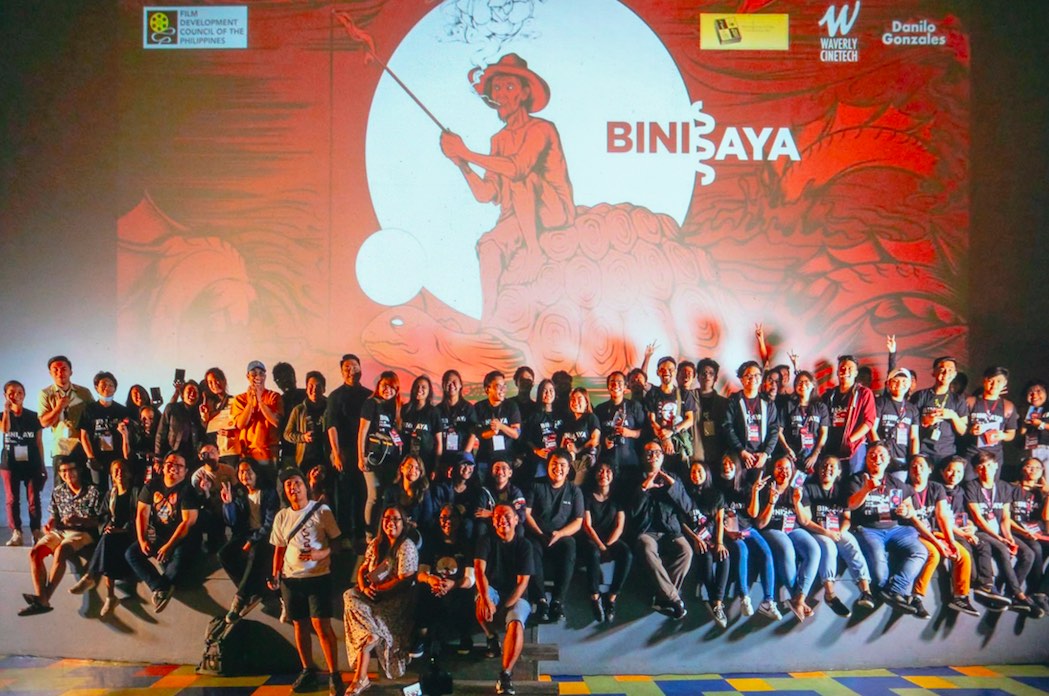
The Binisaya movement has been dodging the bullets of commercialism and continuously serving quality stories and experimental devices from different voices. Making a mark in the film industry feels like a trip to the moon, but the festival’s origin tells us it’s okay to start small—even if you’re a beginner filmmaker with a diverse mix of influences.
“It’s going to be hard. All the forces will be against you but if you are passionate enough, nothing will stop you. But if you want to save yourself the trouble, just relax and watch a movie,”
“It’s going to be hard. All the forces will be against you but if you are passionate enough, nothing will stop you. But if you want to save yourself the trouble, just relax and watch a movie,” Deligero says as I finally ask him for filmmaking advice. Because the first time I had to meet him, I almost bailed. This is probably every beginner’s dilemma when meeting their heroes of sorts—afraid that an encounter might make or break their long-kept aspirations.
But this Cebuano filmmaker’s coming-of-age story, in the context of cinema, trumps our worries.
My conversation with Deligero ends with him promoting the Binisaya Film Festival and all its online platforms. This signifies that just like many of us—beginners or not—Binisaya is still a work in progress.
Follow Binisaya on Facebook, Instagram and YouTube.
This story was originally published in our 38th issue and has been edited for web. The digital copy of Scout’s 38tth issue is accessible here.
Photos courtesy of Keith Deligero
Read more:
Jerrold Tarog and Dwein Baltazar reveal their honest thoughts on Philippine cinema
Science says watching movies in the cinema counts as light workout
Understanding Filipino youth culture through regional cinema

